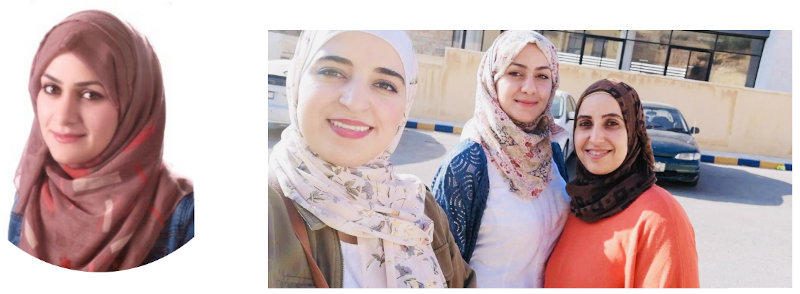GHF Award Funds Documentation of Threatened Jordanian Heritage
Posted 19/11/2019
Supported by the Arcadia Fund and the British Council’s Cultural Protection Fund (CPF) and based at the Universities of Oxford, Leicester, and Durham, the EAMENA project was established in 2015 to respond to the increasing threats to archaeological sites in the MENA region. The EAMENA project and its database integrates aerial, satellite and ground observed information. The prime purpose of the CPF grant to the EAMENA project is to provide training in new methodologies to assess threats to significant archaeological sites that have not yet been recorded, and thus improve the chances of monitoring and protecting these sites in the future. Twenty-one workshops for over 150 participants from seven countries have taken place since November 2017.
The EAMENA Project has recently teamed up with Global Heritage Fund (GHF) to offer important opportunities to those involved in our recent training workshops.
GHF’s mission is to empower communities through historic preservation beyond monuments®. The grants provided by GHF thanks to the J.M. Kaplan fund are a wonderful example of this.
The GHF Awards aim to fund community capacity building, training, and grassroots protection of endangered heritage in the MENA region. This year, three documentation projects have received grants, all conducted by heritage experts trained by the Endangered Archaeology in the Middle East and North Africa project (EAMENA) for protecting threatened cultural heritage across the MENA region.
Read about the progress of the 2019 recipients below, and look out for more updates when they present this December at the 2019 Protecting the Past Conference.
They grew up in Amman, surrounded by historic landmarks such as colorful Rainbow Street in the Jabal Amman neighborhood. Elders shared tales of the historic houses throughout the city, passing appreciation to the three young women.
“Seeing these beautiful buildings and their amazing details made us feel the importance of documenting the cultural sites,” explains Dana, “and we still see them often today. Many of those heritage buildings are now adaptively reused as cultural spaces, restaurants or cafes that we visit regularly. Jabal Amman is truly the heart of cosmopolitan Amman.”
Despite the historic nature of these buildings and local appreciation of their history, few resources are available to support documentation and protection of the homes. Time is running out, as the houses are threatened by a variety of dangers. As recently as August 2019, a sudden gas canister explosion in Jabal Amman completely destroyed a historic house in use as a restaurant. “The good news is no one got hurt,” says Dana, “but unfortunately the building completely exploded. Sadly, it was undocumented – and now it’s completely lost.”
Spurred to fund documentation of these historic buildings before it was too late, the team of an archaeologist, architect, and geomatics engineer applied for the 2019 GHF Awards. With funding from the award, they are documenting these historic buildings and attempting to preserve the cultural values attached to the houses.
The team has already created a Facebook page for the program and presented at the International Conference on Tourism Management and Heritage Conservation (July 23–26, 2019) at Hashemite University in Zarqa, Jordan. They have also commenced conducting fieldwork and entering data into the EAMENA database, including site visits, site assessments , and interviews with stakeholders and heritage professionals. The team also organised a one-day workshop on 12 November 2019 at the school of architecture in Amman Arab University to present the project. Other EAMENA trainees have also have participated in the project activities for documenting historical houses.
The Amman team knows that documentation and capacity building are crucial for protecting cultural heritage. They’ve planned multiple heritage conservation workshops at Jordanian universities in order to increase awareness and engage younger generations in protecting Amman’s historic buildings. As Dana says, “documenting cultural buildings is important not only in crisis situations. Disturbances can happen anywhere, anytime.”

Dana AlSalamin, Rudaina Almomani, and Shatha Mubaideen have participated at the EAMENA Project's Training Scheme, funded by the UK Government’s Cultural Protection Fund (CPF) in January-Feburary 2018.

Presenting at the International Conference on Tourism Management and Heritage Conservation (July 23-26, 2019) at Hashemite University, Zarqa (Jordan)



